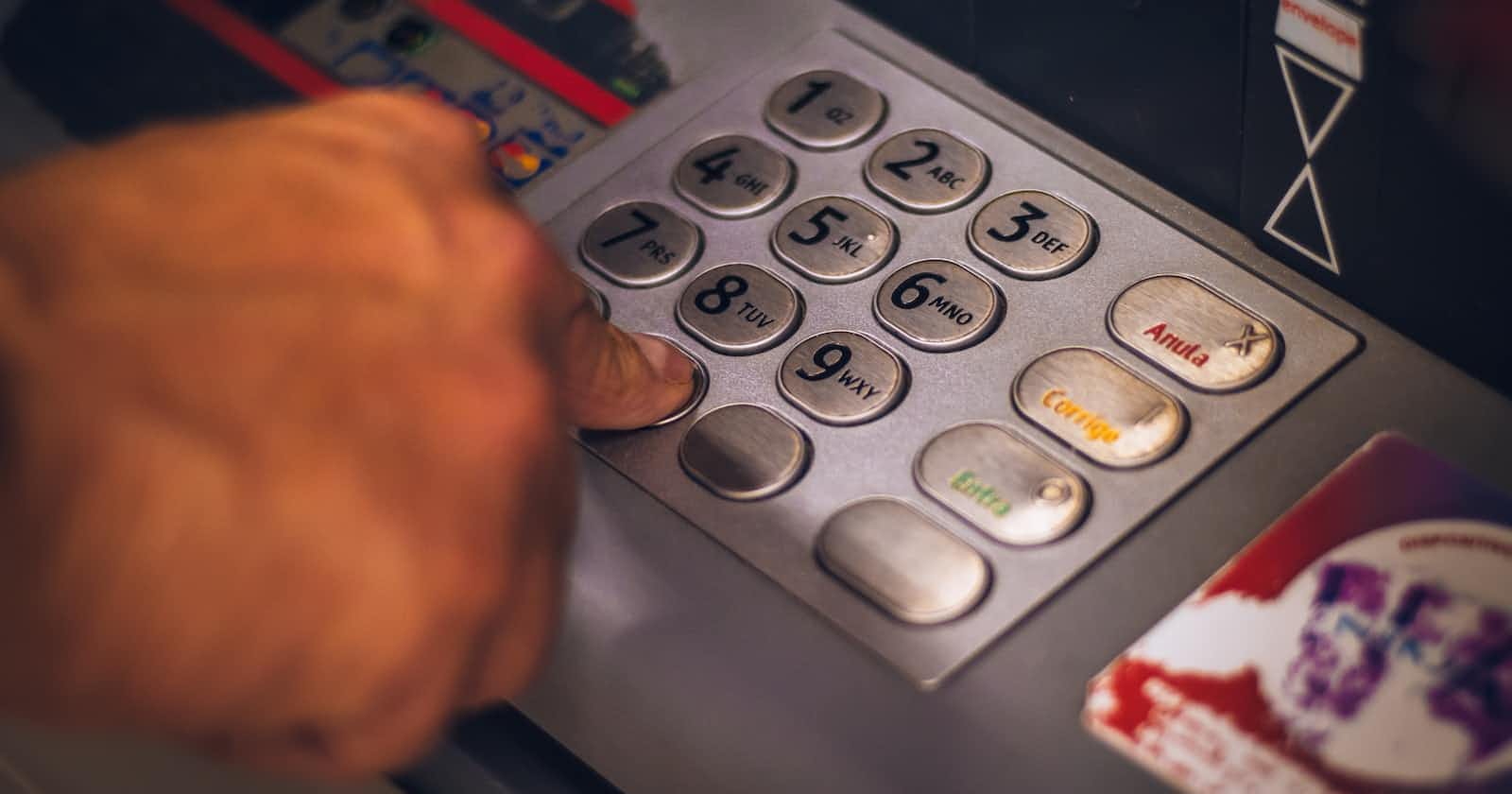Recently, I have been tasked to work on an integration between our customer's Microsoft Dynamics 365 Business Central and a banking system with their bank. The transactions to be relayed are in MT940 and MT942 formats. So what are those?
MT940 and MT942 are two financial messaging standards used by banks to transmit transaction information to their clients. These standards have been in use for several years and are widely accepted as a reliable means of communicating transaction details. We will briefly talk about MT940 and MT942 specifications and what they mean.
MT940
MT940 is a standard message format used by banks to transmit customer account information to other banks or the customer. This message format is primarily used for account statement reporting and is sent at the end of a business day. It contains details about transactions, balances, and other relevant information related to a particular account.
MT940 messages are sent in a structured format that includes tags to represent different elements of the message. For example, the "20" tag represents the transaction reference number, the "25" tag represents the account number, and the "60F" tag represents the opening balance. The message format is standardized, so it's easy to read and interpret by financial professionals.
MT940 messages can be used for different types of accounts, such as current accounts, savings accounts, and loan accounts. This standard is widely used in Europe and is recognized by many global financial institutions.
MT942
MT942 is a standard message format used by banks to transmit transaction information to their customers. This message format is used to provide transaction details for a specific account and is sent periodically or on demand. MT942 messages contain information about incoming and outgoing transactions, as well as other relevant information such as account balance.
MT942 messages are similar to MT940 messages, but they are more detailed and provide transaction information for a specific account rather than a statement for multiple accounts. This standard is also widely used in Europe and is recognized by many global financial institutions.
MT942 messages are sent in a structured format, similar to MT940 messages, that includes tags to represent different elements of the message. For example, the "20" tag represents the transaction reference number, the "25" tag represents the account number, and the "61" tag represents the transaction details. This message format is also standardized and easy to read and interpret by financial professionals.
Conclusion
MT940 and MT942 specifications are widely used in the banking industry to transmit transaction information to customers. These standards provide a structured message format that makes it easy to read and interpret transaction information. Both standards are widely recognized and accepted by financial institutions globally, making them a reliable means of communicating financial information. Businesses and financial professionals need to understand these standards and how they are used to ensure accurate and efficient financial reporting.
And in case you are curious about how I implemented the integration, I can provide you with a few clues. The normal way would be to have a middleware service running Python scripts, for example, to handle communications and conversions. Alternatively, a combination of Power Automate Flows and Business Central AL development might be feasible, depending on the complexity of the requirement.


